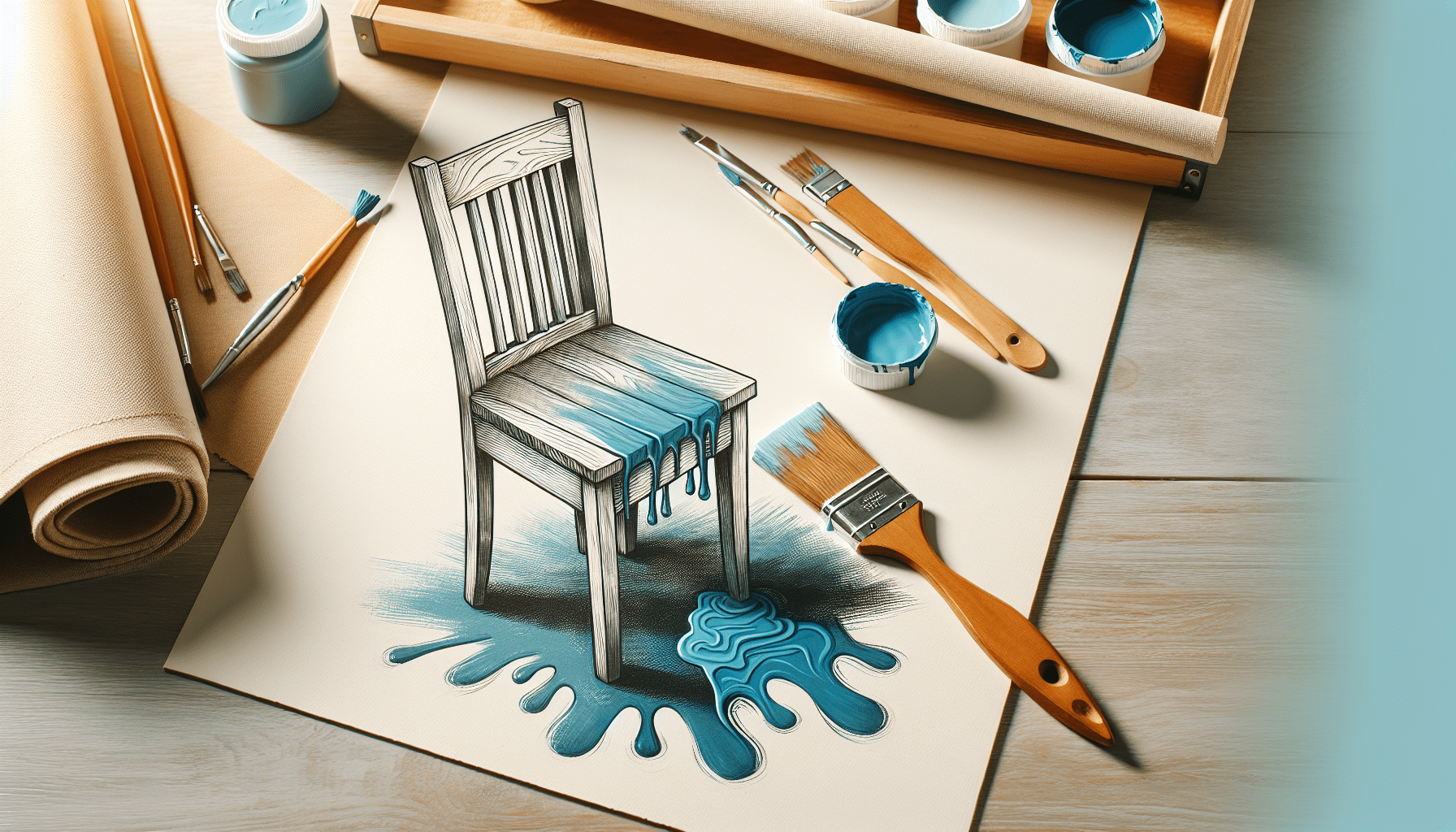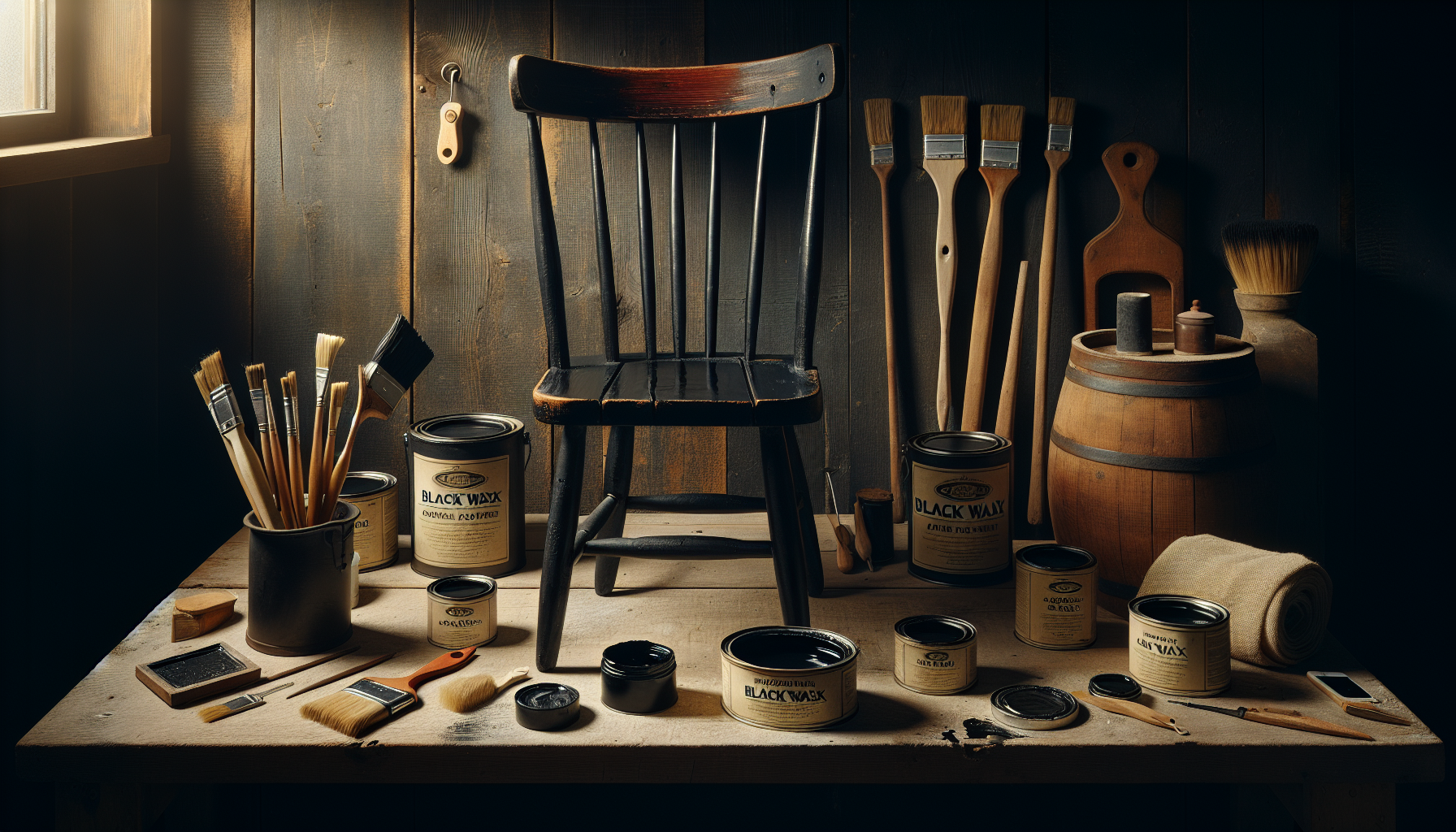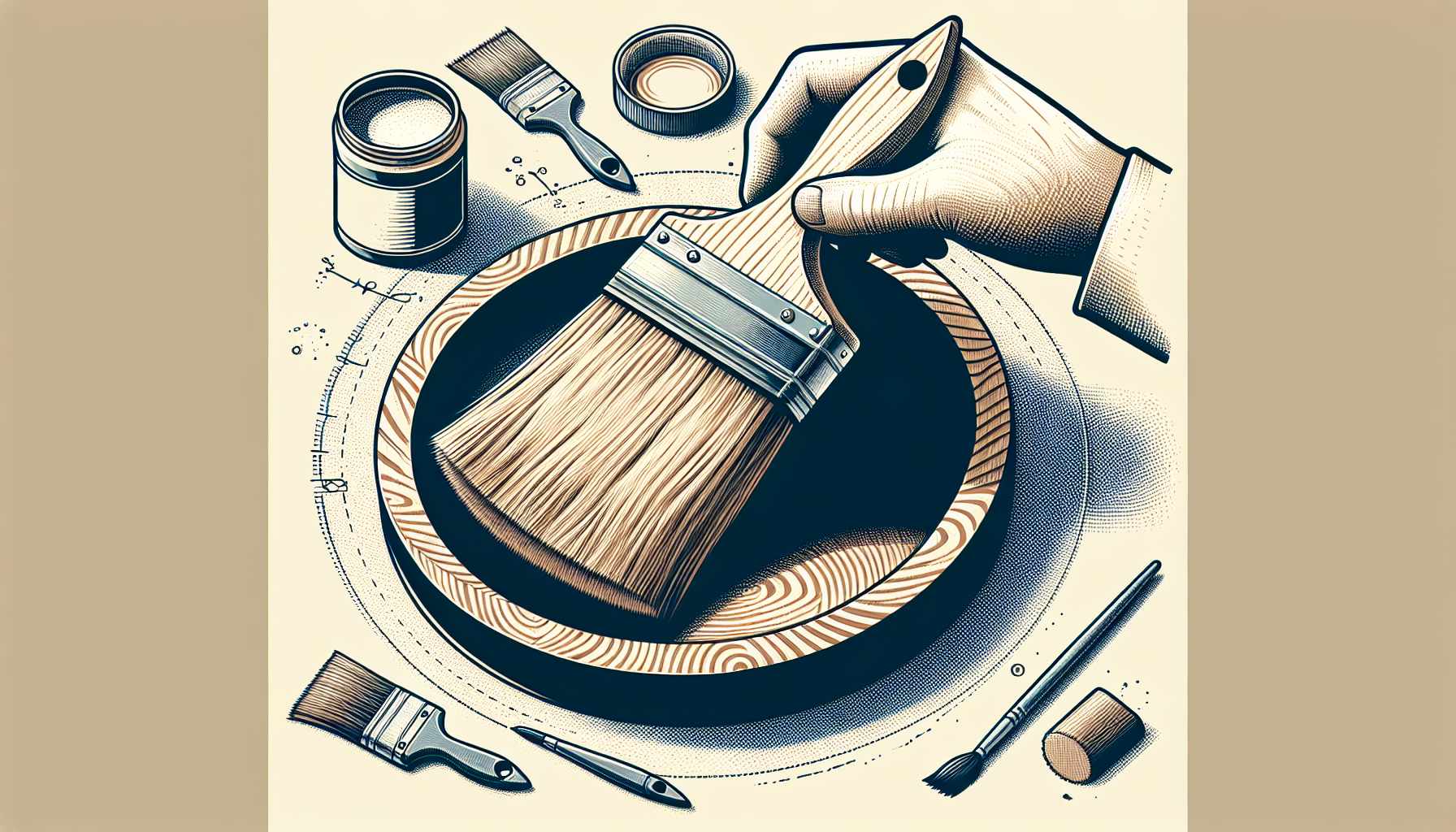If you’ve ever experienced the frustration of applying chalk paint to a surface only to find it streaky and uneven, you’re not alone. This common issue can leave DIY enthusiasts scratching their heads and wondering where they went wrong. In this article, we’ll explore the possible reasons behind streaky chalk paint and provide helpful tips to achieve a smooth and flawless finish. By understanding the factors that contribute to streakiness, you’ll be able to overcome this challenge and create stunning chalk-painted masterpieces.
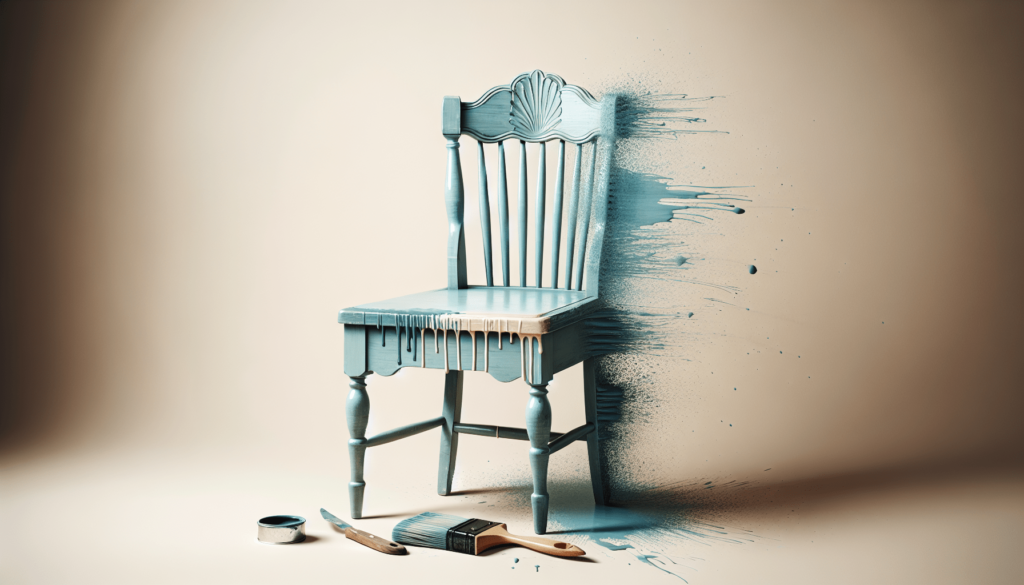
Inadequate preparation
When it comes to achieving a smooth and professional-looking paint finish, adequate preparation is key. One common reason why chalk paint may look streaky is due to insufficient cleaning of the surface before painting. Make sure to thoroughly clean the surface using a mild detergent and water, removing any dirt, dust, grease, or other contaminants. Failing to do so can result in the paint not adhering properly, leading to streaks and uneven coverage.
Another factor that can contribute to a streaky finish is an uneven surface. If your surface is not properly prepared and has bumps, dents, or other imperfections, the paint may not lay flat and can create streaks. To avoid this, it is important to fill any holes or cracks and sand the surface to create a smooth and even base before applying chalk paint.
Lastly, the lack of primer can also contribute to a streaky appearance. Priming the surface creates a uniform and stable foundation for the paint to adhere to. Without a primer, the chalk paint may soak into the surface unevenly, resulting in streaks and an inconsistent finish. Make sure to choose a primer suitable for your project and apply it according to the manufacturer’s instructions before moving on to the painting stage.
Incorrect paint consistency
The consistency of the chalk paint can greatly affect its application and final appearance. If the paint is too thick, it can be difficult to spread evenly and may leave visible brush strokes or streaks. On the other hand, if the paint is too thin, it may not provide adequate coverage and result in a streaky or translucent finish.
To achieve the correct paint consistency, it is important to follow the manufacturer’s instructions and mix the paint thoroughly before applying it. If the paint seems too thick, you can add a small amount of water or a paint medium recommended for the specific brand of chalk paint you are using. Conversely, if the paint appears too thin, you can add additional chalk paint powder or allow it to sit and thicken for a while before application.
Application techniques
Even with the correct paint consistency, the techniques used during application can greatly impact the final outcome. Using the wrong brush for the type of chalk paint being used can lead to streaks and an uneven finish. Different brushes have different bristle types and shapes, and it is important to choose a brush that is appropriate for the specific paint and surface you are working with.
Applying too much pressure while painting can also cause streaks. It is important to use a light and even touch, allowing the paint to glide smoothly over the surface. Too much pressure can create excess brush strokes and result in an uneven distribution of paint.
Using long, even strokes is another important technique to achieve a streak-free finish. Painting in a back-and-forth motion or in random directions can create visible brush marks and streaks. Instead, it is recommended to paint in long, smooth strokes in the same direction, overlapping each stroke slightly to ensure even coverage.
Painting in the wrong direction can also contribute to streaks. It is important to follow the natural grain or texture of the surface when applying the paint. Painting against the grain can cause the paint to gather unevenly and result in streaks or an inconsistent appearance.
Temperature and humidity
Environmental factors such as temperature and humidity can also impact the outcome of a chalk paint project. Painting in extreme temperatures, whether too hot or too cold, can affect the drying time and application of the paint.
In high temperatures, the paint may dry too quickly, leading to streaks and brush marks. It is best to avoid painting in direct sunlight or on surfaces that are too hot to touch. On the other hand, painting in very cold temperatures can cause the paint to thicken and become more challenging to apply smoothly. It is important to work within the recommended temperature range provided by the manufacturer for optimal results.
Similarly, painting in high humidity can also affect the drying time and application of chalk paint. Excess moisture in the air can slow down the drying process, causing the paint to take longer to dry and potentially leading to streaks or an uneven finish. It is advisable to choose a day with moderate humidity levels to ensure a smooth and streak-free outcome.
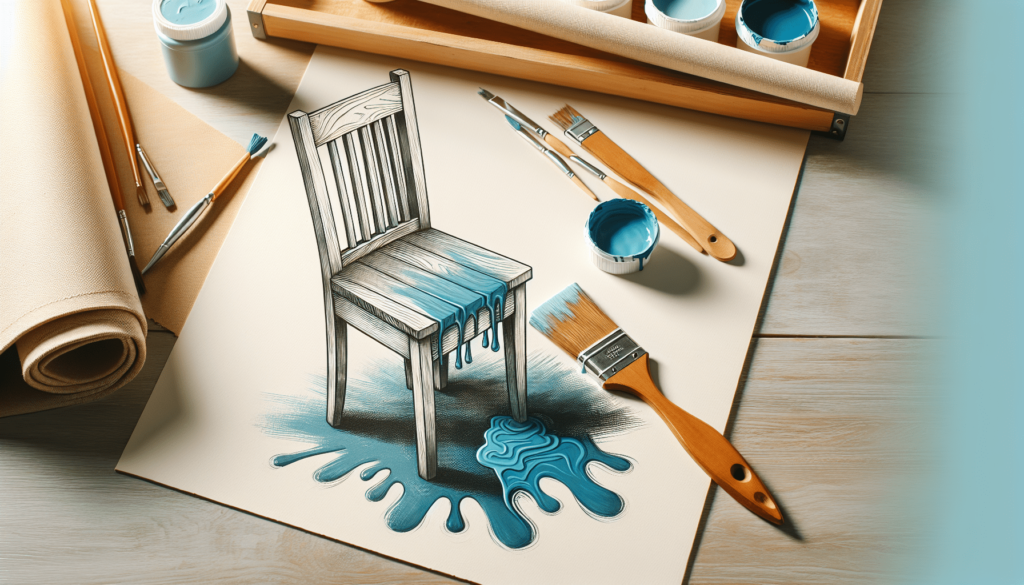
Insufficient drying time
Proper drying between coats is crucial to achieving a flawless finish with chalk paint. Not allowing enough time between coats can lead to streaks and smudging. It is important to follow the manufacturer’s instructions regarding the recommended drying time before applying additional coats of paint.
Painting over damp surfaces is another common mistake that can result in streaks. If the previous coat of chalk paint has not fully dried, applying another layer can cause the wet paint to mix with the partially dry paint. This can lead to streaks and an uneven appearance. Always ensure that the surface is completely dry before proceeding with additional coats of paint.
Poor quality paint
The quality of the chalk paint being used can also play a role in the appearance of streaks. Using old or expired paint can result in a streaky finish as the paint may no longer have its original consistency or properties. It is important to check the expiration date on the paint can and avoid using paint that has been sitting unused for an extended period of time.
Choosing a low-quality brand of chalk paint can also lead to streaks and an uneven finish. Lower quality paints may not have the same level of pigmentation or coverage, resulting in streaky and patchy results. It is recommended to invest in a reputable brand of chalk paint that has been proven to provide consistent and high-quality results.
Inadequate coverage
Insufficient coverage is another factor that can contribute to a streaky appearance when using chalk paint. Using a paint color that contrasts with the surface can make streaks and imperfections more visible. It is important to choose a paint color that is similar to or complements the surface being painted to minimize the visibility of any streaks or uneven areas.
Additionally, applying too thin coats of paint can result in a streaky finish. It is important to apply the paint evenly and ensure that each stroke covers the previous stroke completely. Building up thin, even coats of paint will result in better coverage and a smoother overall appearance.
Surface issues
The texture of the surface being painted can also affect how chalk paint appears. If the surface has an uneven texture, such as rough wood or textured wallpaper, the paint may gather in the low areas and create streaks. It is important to sand down any rough spots or bumps to create a smoother surface before applying chalk paint.
The presence of oils or grease on the surface can also prevent the paint from adhering properly, resulting in streaks. Thoroughly cleaning the surface and removing any oily or greasy residue is essential before applying chalk paint. This can be achieved by using a suitable degreaser or a mixture of warm water and mild detergent.
Lack of sealing
Not applying a top coat or using an incompatible sealing product can also contribute to streaks in chalk paint. A top coat helps protect the painted surface and provides a smooth and even finish. Without a top coat or using a sealing product that is not suitable for chalk paint, the paint may not adhere properly, resulting in streaks and an inconsistent appearance. It is important to choose a top coat or sealing product specifically designed for use with chalk paint and apply it according to the manufacturer’s instructions.
Inconsistent mixing
Properly mixing the chalk paint before application is crucial to achieving a streak-free finish. Not thoroughly stirring the paint can result in uneven distribution of pigments and create streaks or patchy areas. It is important to mix the paint thoroughly, making sure to scrape the bottom and sides of the paint container to incorporate any settled pigments or additives.
Using different batches of paint can also lead to inconsistencies in the finish. Even if the paint is from the same brand and color, variations can occur between different production batches. It is recommended to mix together paint from multiple cans or purchase enough paint from a single batch to ensure consistent color and texture throughout the project.
In conclusion, achieving a streak-free finish with chalk paint requires proper preparation, correct paint consistency, appropriate application techniques, consideration of environmental factors, sufficient drying time, high-quality paint, adequate coverage, addressing surface issues, proper sealing, and consistent mixing. By following these guidelines and taking the necessary precautions, you can create a smooth and professional-looking result with your chalk paint projects.
